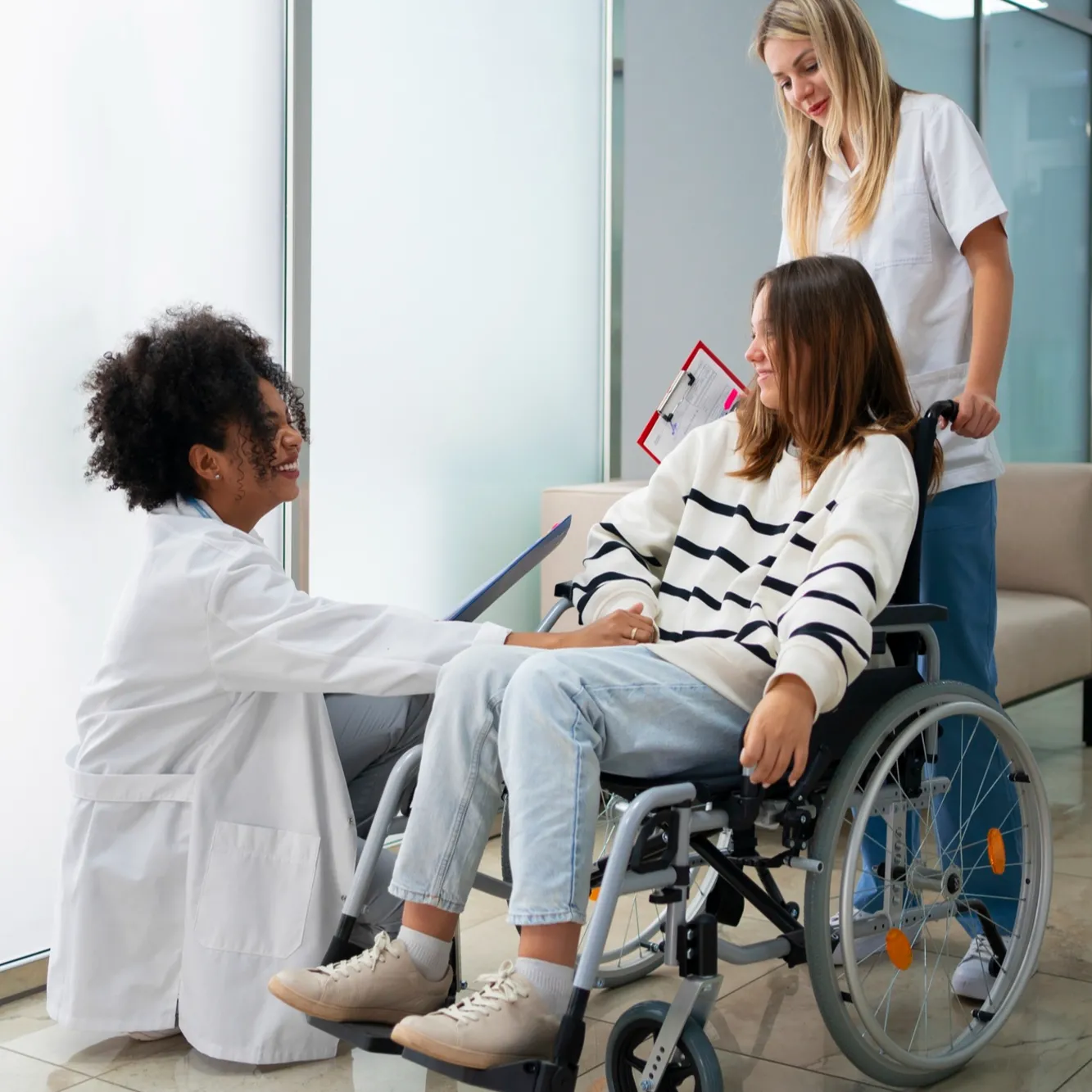28 Mar 2025
Recommended
Minimum 30 mins
Course
Access
Certification
Voiceover

The Moving and Handling of People – Level 1 course provides healthcare professionals with foundational knowledge and practical skills to perform safe patient handling tasks. Designed in alignment with UK guidelines from the Health and Safety Executive (HSE) and the NHS, this course ensures compliance with the Manual Handling Operations Regulations 1992 and the Health and Safety at Work Act 1974.
Participants will gain a comprehensive understanding of manual handling principles, risk assessment techniques, and the correct use of mechanical aids to protect both patients and healthcare workers. With a strong focus on the TILE (Task, Individual, Load, Environment) risk assessment approach, this course equips participants to apply safe and effective handling practices in diverse healthcare settings.

 £15
£15
Learning Outcomes.
By the end of this course,participants will be able:
To foster teamwork and effective communication when coordinating moving and handling procedures in healthcare environments.
To minimise workplace injuries by promoting ergonomic practices and maintaining proper posture during manual handling tasks.
To demonstrate safe patient handling techniques, including the appropriate use of mechanical aids and handling equipment.
To ensure compliance with legal obligations related to manual handling, adhering to HSE and NHS standards.
To conduct effective risk assessments using the TILE approach, identifying potential hazards and implementing preventative measures.
To understand the principles of manual handling, including biomechanics, and their application to safe working practices.
Course
Contents.
01
Overview of manual handling principles, common injuries, and the importance of workplace safety.
03
Overview of the spine’s structure, proper posture, and ergonomic techniques to prevent musculoskeletal injuries.
05
Safe patient handling procedures, lifting techniques, and practices to avoid.
08
Maintaining hygiene during handling tasks through proper use of PPE and equipment cleaning protocols.

06
Identifying common manual handling injuries and implementing strategies for spinal health and injury reduction.
09
Developing communication and coordination skills for safe and efficient handling practices.
02
Understanding the Health and Safety at Work Act 1974, Manual Handling Operations Regulations 1992, and other relevant legal frameworks.
04
Conducting comprehensive risk assessments using the TILE approach, identifying hazards, and managing safe weight limits.
07
Safe usage of hoists, transfer boards, slide sheets, and other equipment to reduce manual handling risks.
10
Hands-on experience and applying theoretical knowledge to real-world scenarios.
The Moving and Handling of People – Level 1 course equips healthcare professionals with the knowledge and skills to perform safe manual handling tasks in compliance with UK guidelines. By integrating evidence-based practices, participants will enhance workplace safety, minimise injury risks, and ensure the delivery of high-quality, patient-centred care in healthcare settings.
 Summary
Summary


